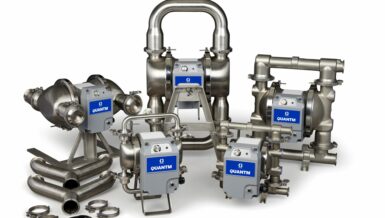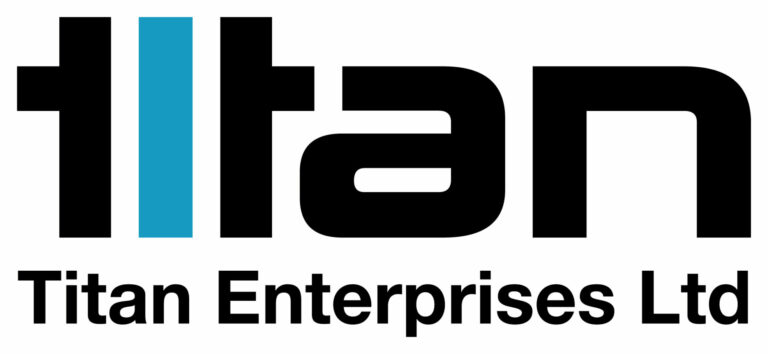Wellhead automation is gaining traction in both onshore and offshore production facilities for its cost-effective production, monitoring, and safety benefits. The ATEX metering pump requested for supply needed to be a proven, dependable unit suitable for operation within this automated setting. It had to deliver precise performance consistently over extended durations with minimal maintenance or inspection requirements.
Form Formation & Issues
In oil and gas production, the reduction in pressure can lead to the formation of foam or gas entrainment within hydrocarbons, detrimentally impacting production efficiency and necessitating heightened processing efforts to achieve effective separation.
Additionally, depressurization of oil can induce foam generation within separators, consequently diminishing separator capacity. Defoamers are employed to regulate foam levels within acceptable parameters, removing the need for excessively large separators, which may not be feasible due to spatial constraints.
Furthermore, the client’s specifications highlighted the necessity for an antifoam injection pump capable of withstanding temperatures up to 65°C, while maintaining full compliance with ATEX standards, owing to the characteristics of the site location.
Why we specified a peristaltic pump
Peristaltic pumps are an excellent choice for any number of applications involving the transfer of either small metered or bulk amounts of clean, solid laden or corrosive liquids.
In addition, they perform well when handling liquids which are viscous, abrasive, gaseous and volatile. They are usually specified for use with a variety of fluids from pastes, glues, sludges, food and ink to cement, chemicals and slurries ranging in viscosity from 1 to 50,000cst.
All in all, there were seven key factors which lead to us selecting an ATEX peristaltic metering pump for this project:
- Low shear
One of the main benefits of this pump technology is that they are low shear. This means that they transfer fluids gently without creating foam, whilst maintaining the separation of the kerosene and anti-foam in this particular case. - Self priming
Thanks to their positive displacement design, peristaltic pumps can self-prime up to 8m vertically, with the inlet and outlet rotated to match the installation specification. This means that they offer the flexibility of fitting in a range of locations outside of the fluid, and not just at the bottom of a tank in a hard-to-reach position. In addition, motors can be mounted vertically reducing the unit’s footprint and opening up even more spaces for installation. - Variable flow, reversible or intelligently controlled
Thanks to their design, peristaltic pumps are also known as volumetric pumps. This means that the flow rate is proportional to speed, but pressure remains constant. Their rotation can be reversed, so they can be used in a range of different situations including container filling or emptying. This can also ensure that any equipment connected to the unit like a hose for instance, can be drained if necessary. - Temperature tolerant
Peristaltic pumps can handle temperatures up to 100°C, and operate within large temperature ranges. Compare this with other positive displacement pump types such as progressing cavity pumps which only work within narrow bands of temperatures, and air-operated diaphragm pumps which have an operating limit of 80°C. - Low maintenance and easy clean
Peristaltic pumps have just one wearing part – a heavy duty textile inlay hose. When this begins to show wear, it can be swapped out and then recycled or disposed of. All in all, peristaltic pumps are up to four times quicker to clean and maintain than other types of positive displacement pumps. - Non-clog, hardwearing and able to run dry
Peristaltic pumps can accommodate solids as wide as the internal diameter of the hose, and because of the gentle pumping action they don’t clog. This design feature makes them well suited to processing food, cement, pastes, sludges, slurries, sewage, and other fluids which can contain large solids, stones or unexpected objects.
In fact, thanks to the tough, hardwearing hose, slow speed and gentle action, peristaltic metering pumps can handle the most abrasive of slurries – anything from mining and biogas, to dewatering and other flows which may contain sharp particles or debris.
Moreover, because there are no valves, mechanical seals or O rings there’s less chance of clogging taking place. That’s because damaging fluids like glues, latex or other abrasive liquids can’t cause seal failure which would allow air to get in, reducing pump efficiency and leading to loss of valuable product.
Finally, the pump’s construction and the absence of valves and seals, means it can run without fluid without suffering any damage. This makes a peristaltic pump ideal for dry, abrasive or viscous sticky liquids which would cause serious issues for other types of pump. - Accessories not needed
Unlike other pump designs, peristaltic pumps don’t need ancillaries like pressure-loading valves, check valves, filters, dip tubes or level controls to operate effectively.
All of these factors made it an easy decision to select the peristaltic anti-foam injection pump for this application. As the pump was also being mounted on a skid we knew space was of great importance. So we incorporated a herringbone gearbox into the design which enabled the motor to be mounted vertically.
If you have a chemical transfer application requiring the transfer of hazardous or flammable liquids and aren’t sure which pump to specify, speak to North Ridge Pumps to see how we can help.































